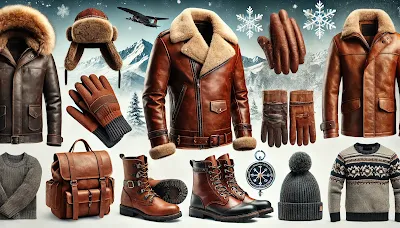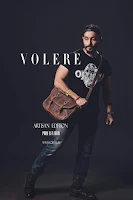Leather tooling is a technique that involves carving and shaping leather to create decorative patterns or designs. It is often used to create intricate and detailed designs on leather products, such as belts, wallets, bags, and other accessories.
There are several different techniques that can be used to tool leather, including stamping, embossing, and carving. Stamping involves pressing a tool into the surface of the leather to create a raised design, while embossing involves pressing the leather between two dies to create a recessed design. Carving involves cutting or shaping the leather with a knife or other tool to create a more complex design.
Leather tooling is a skilled craft that requires a good understanding of the properties of leather and the tools and techniques used to shape it. It takes time and practice to develop the skills needed to create high-quality, intricate designs using leather tooling techniques.
Leather tooling is often used to create decorative elements on leather products, but it can also be used to add functional features such as pockets or loops. It is a popular technique that is used by leatherworkers and craftsmen around the world to create a wide range of leather products.


















